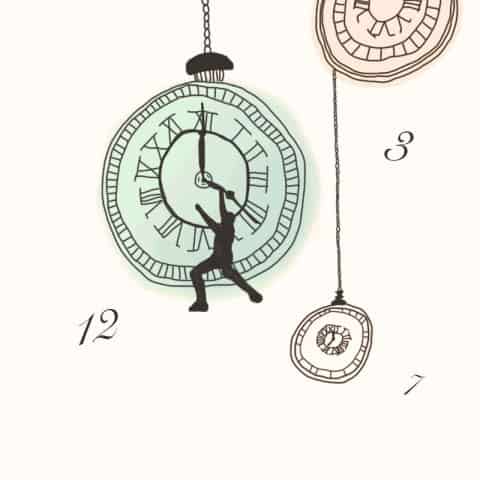Saskatchewan is the only Canadian province in which the phrase “daylight saving time” elicits looks of confusion or skepticism. Every other province observes a twice-yearly clock change, and Saskatchewan should get on board.
There are several reasons why adopting daylight saving practices would be good for Saskatchewan — not to mention the poor, befuddled rest of Canada that is trying to communicate with us — but first, let’s look at how time change evolved in Canada in the first place.
Everyone dreads waking up in the morning on those short, dead-of-winter days when the sky is still pitch black. Daylight saving began to attract global popularity in the early 1900s, starting in Europe and spreading rapidly westward.
The idea was to adjust clocks backwards during shorter winter days, allowing people to save energy in their homes by waking up closer to sunrise. If the hours of natural light were modified to fit people’s existing waking schedules, the theory went, then nations would spend less money on artificial light.
With the outbreak of the First World War in 1914, the idea really picked up steam. In fact, during the First and Second World Wars, Saskatchewan actually did observe daylight saving time.
After the wars, however, the province was split into a mish-mash of different time zones depending on the municipality, with the result that roughly half the province was on Mountain Time, like Alberta, and half on Central Time, like Manitoba.
Alberta, and half on Central Time, like Manitoba.
Clearly, this was a headache, so in 1966 the Saskatchewan government unified the province under Central Time through the Time Act. However, the province voted not to adopt daylight saving time. Every province in Canada has the choice whether to observe it or not, and Saskatchewan dug in its heels and held out.
Today, we’re stuck with an strange system. For one thing, municipalities along the western or eastern borders are allowed to merge time zones with their neighboring province instead.
As such, we have quirky cities like Lloydminster — already enough of an oddity since the Alberta-Saskatchewan border runs straight through it — which are sometimes an hour behind the rest of the province.
For another thing, the rest of Canada is tailored for provinces that change their clocks. Television programming, standard flight times for airlines, inter-provincial train schedules — Saskatchewanians have to learn to subtract or add different numbers of hours to these times depending on the time of year. Why not make things easier on ourselves?
The most recent 2015 clock change occurred on Nov. 1, when the rest of Canada recited the well known mantra “Spring forward, fall back” and reminded themselves to switch their clocks back one hour during the night, gaining a luxurious extra hour of sleep.
As a result, Saskatchewan is an hour ahead of Alberta and in sync with Manitoba and will remain so until March 2016, when the endless timezone yo-yo will reset.
While the reasons for the creation of daylight saving time in the first place are no longer compelling — especially among students, since we’re well known for burning the midnight oil — the concept is still a good one.
When I woke up in Saskatoon on Nov. 1 this year to a dark sky, I found myself mournfully recalling my time at school in British Columbia when I could always count on a bright morning on the first Sunday in November.
It’s also wonderful to get an extra hour of sleep that night, since it’s often midterm season. The March change forward always provides a burst of hope that spring is finally around the corner.
All practical arguments aside, daylight saving time provides two markers to split the year up into manageable portions, which is an especially helpful tool in cold, dark prairie climates.
So let’s show some unity with the rest of Canada — saving everyone the semi-annual headaches — and adopt daylight saving time in Saskatchewan. It might sound confusing to lifelong Saskatchewanians, but I promise it’s nowhere near as confusing as the current situation — you’ll wonder why we didn’t change time sooner.
—
Image: Christine Czajkowski